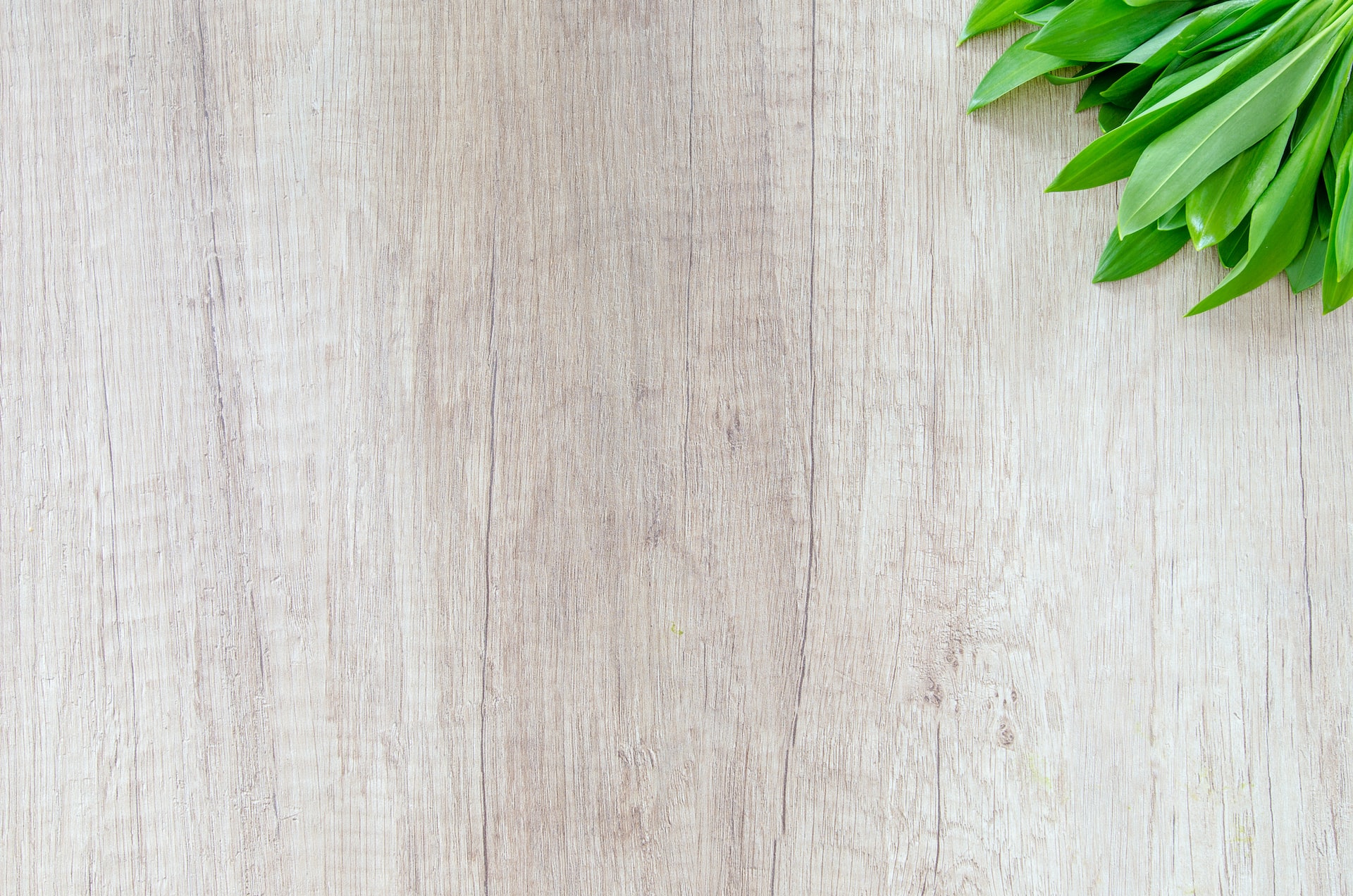Laminated wood is a type of engineered wood that is made from multiple layers of thin wood veneers. These layers are glued together under high pressure and heat to create a strong, stable board. Laminated wood is often used in furniture, flooring, and cabinetry. It is an ideal material for these applications because it is durable and less expensive than solid wood.
There are several types of laminated wood, including plywood, oriented strand board (OSB), medium density fiberboard (MDF), and particleboard. Each type has its own benefits and drawbacks. For example, plywood is an excellent material for flooring or furniture because it can be easily sanded and stained. However, it is not as strong as MDF or particleboard. MDF is a good choice for cabinets because it is very strong and does not warp like plywood. However, it is more expensive than particleboard. Particleboard is the least expensive type of laminated wood, but it is also the weakest. It is often used in lower-quality furniture or cabinets. Laminated wood is available in a variety of thicknesses, colors, and grain patterns. It can be finished with paint, stains, or varnish. Laminated wood is a versatile material that can be used in a variety of applications.
how to laminate wood
Laminate wood is a material that is created by combining multiple layers of wood together. This process gives the laminate wood a number of advantages over traditional solid wood, including increased durability and resistance to scratches and moisture. Laminate wood is also generally more affordable than solid wood.
If you’re interested in using laminate wood for your next project, here’s a quick overview of the laminate wood process:
1. The first step is to select the type of wood you want to use. Laminate wood is available in a variety of woods, including oak, maple, cherry, and walnut.
2. Once you’ve selected the type of wood you want to use, the next step is to prepare the wood for lamination. This involves sanding down the surface of the wood to create a smooth finish.
3. The next step is to apply a thin layer of adhesive to the surface of the wood. This adhesive will help to bond the layers of wood together.
4. Once the adhesive has been applied, the next step is to stack the layers of wood on top of each other. The number of layers will depend on the thickness of the laminate wood you’re hoping to create.
5. Once the layers have been stacked, the next step is to apply pressure to the stack. This can be done with a clamp or a heavy weight.
6. Finally, the last step is to allow the adhesive to dry. Once it’s dry, your laminate wood is ready to use!
Laminate wood is a great option for a variety of projects. It’s durable, affordable, and easy to work with. If you’re looking for an alternative to solid wood, laminate wood is a great option.
Laminated wood is created by bonding thin layers of wood together with adhesive
This type of wood is often used in furniture, flooring, and cabinetry because it is durable and less expensive than solid wood. Laminated wood is available in a variety of thicknesses, colors, and grain patterns. It can be finished with paint, stains, or varnish. Laminate wood is a versatile material that can be used in a variety of applications.
This creates a stronger, more durable product that is less likely to warp or crack over time
However, there are also some drawbacks to laminated wood, including its tendency to be more expensive than solid wood and the fact that it can be difficult to work with in certain applications. Overall, though, laminated wood is a popular choice for many DIY projects and home improvement projects. If you’re looking for a durable alternative to solid wood, laminated wood is a great option.


